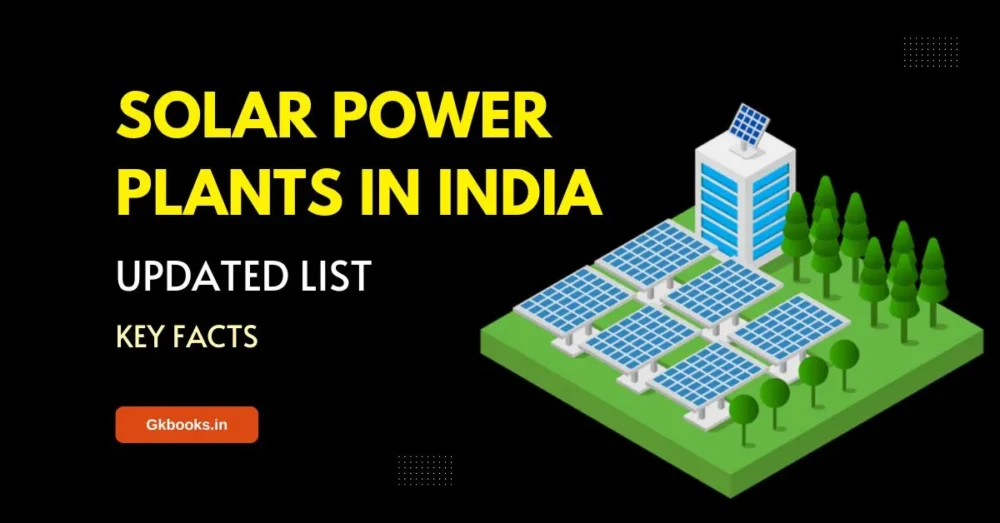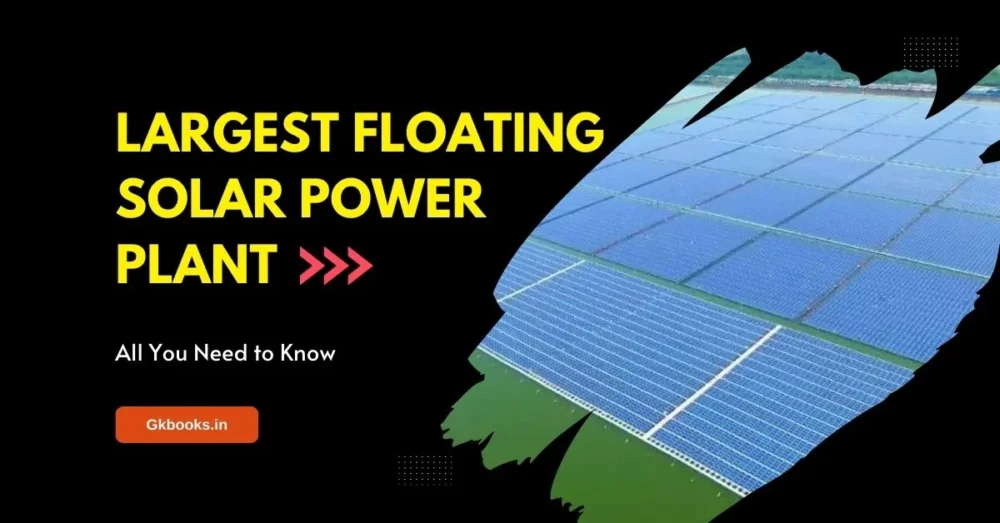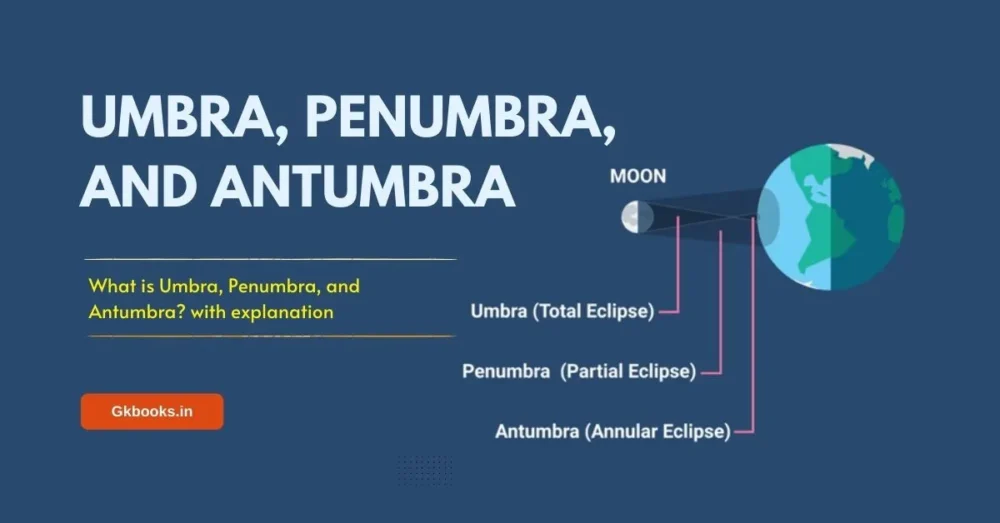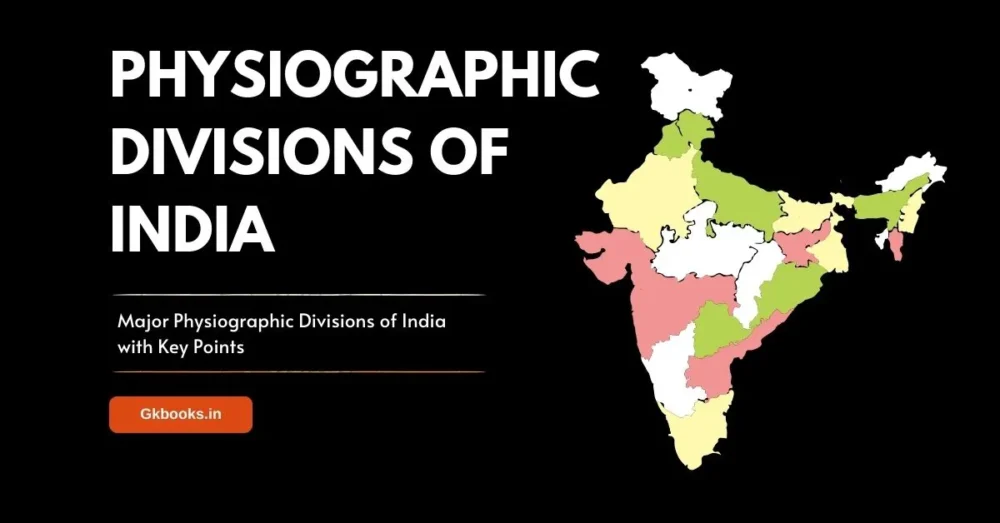On April 8, 2024, there will be a complete solar eclipse, where the moon covers the entire sun. Explore the significance, timing, various types, and impact of solar eclipses for your upcoming competitive exams.
What is a Solar Eclipse?
A solar eclipse occurs when the Moon comes between the Sun and Earth, partially or entirely blocking sunlight.
This specifically happens during a new moon, when the Sun, Moon, and Earth align in a straight or nearly straight line.
While partial solar eclipses occur somewhere on Earth roughly every two months, total solar eclipses from a specific location are less frequent, happening roughly every 18 months.
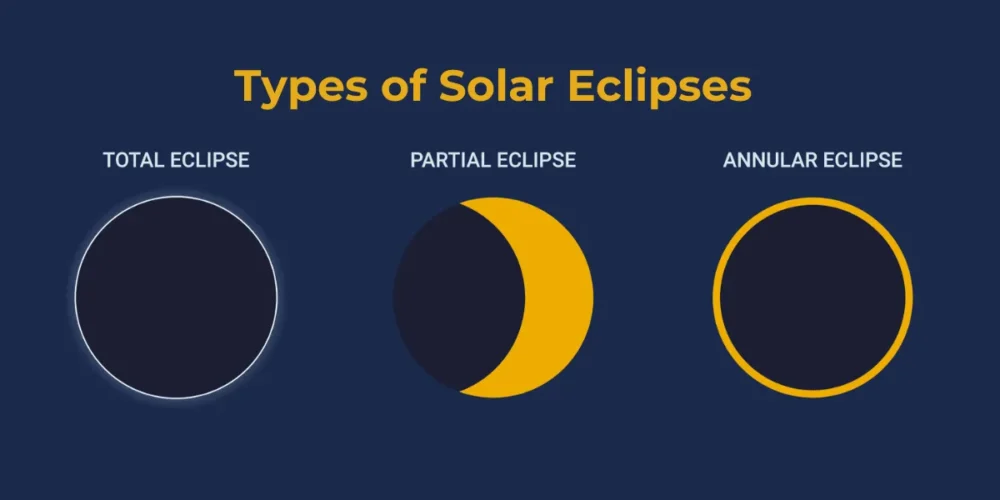
These celestial events are captivating, but observing them safely with appropriate eye protection or indirect viewing methods is crucial, as looking directly at the Sun can cause lasting eye damage.
There are different types of solar eclipses, including total eclipses where the Moon completely blocks the Sun, partial eclipses where only part of the Sun is blocked, and annular eclipses where the Moon appears smaller than the Sun, leaving a ring of sunlight visible.
The next total solar eclipse visible from the contiguous United States will occur on April 8, 2024.
When is the Solar Eclipse in 2024
In 2024, there will be a total of five eclipses, comprising two solar eclipses and three lunar eclipses. The eclipse events for 2024 are as follows:
- Lunar Eclipse on March 24–25 (Penumbral)
- Solar Eclipse on April 8 (Total)
- Lunar Eclipse on September 17–18 (Partial)
Total Solar Eclipse
- The most exciting event is the Great North American Eclipse on April 8th. The Moon will completely block the Sun for a brief period, turning day into night along a narrow path stretching across Mexico, the United States, and Canada.
- Unfortunately, this astronomical gem won’t be visible from India.
Check websites like Time and Date or NASA Eclipse for the exact path and timing for your location. Remember, a partial eclipse will be visible across all 48 contiguous states.
Other Eclipses
- Penumbral Lunar Eclipse: March 24-25, barely noticeable with the naked eye.
- Partial Lunar Eclipse: September 17-18, visible in parts of Asia, Africa, Europe, and South America.
- Annular Solar Eclipse: October 2, creating a “ring of fire” effect visible in South America, Africa, and the Indian Ocean.
- Almost Total Lunar Eclipse: On October 17, nearly a total eclipse was visible in parts of Eurasia, Africa, and Australia.
Safety Precautions
While witnessing an eclipse is a breathtaking experience, remember safety is paramount. Never look directly at the Sun, even during a partial eclipse. Use certified solar eclipse glasses specifically designed for safe viewing.
Total Solar Eclipse 2024 Date and Time
🔸Witness the sun vanish and day turn into night! The next total solar eclipse is gracing North America on April 8, 2024, and it’s an astronomical spectacle you won’t want to miss.
Mark your calendar
🔸The eclipse begins its journey over the South Pacific Ocean and crosses North America, painting a breathtaking shadow across Mexico, the United States, and Canada.
🔸Weather permitting, the first glimpse of totality on continental North America will be on the Pacific coast of Mexico around 11:07 AM PDT.
Get ready for darkness
🔸The eclipse’s path then stretches across various states, including Texas, Oklahoma, Arkansas, Missouri, Illinois, Kentucky, Indiana, Ohio, Pennsylvania, New York, Vermont, New Hampshire, and Maine.
🔸Moving north, it touches Southern Ontario before continuing through Quebec, New Brunswick, Prince Edward Island, and Nova Scotia. The eclipse finally bids farewell to North America along the Atlantic coast of Newfoundland, Canada, around 5:16 PM NDT.
Plan your viewing adventure.
Cities within the path
- Texas (Dallas): Totality starts ~2:26 PM CDT, and lasts ~4 minutes.
- Illinois (Chicago): Totality starts ~1:20 PM CDT, and lasts ~2 minutes.
- New York (Niagara Falls): Totality starts ~2:48 PM EDT, and lasts ~4 minutes.
- Maine (Portland): Totality starts ~3:41 PM EDT, and lasts ~3 minutes.
What are the 4 types of solar eclipses?
A solar eclipse occurs when the moon reaches its full phase and aligns in a straight line with the sun and Earth. There are three main types of solar eclipses.
Annular Solar Eclipse
An annular solar eclipse is a breathtaking celestial event that occurs when the Moon, at its farthest point from Earth, appears slightly smaller than the Sun.
This creates a mesmerizing “ring of fire” effect, where a bright ring of sunlight shines around the darkened Moon. While similar to a total solar eclipse, the Sun remains partially visible throughout the event.
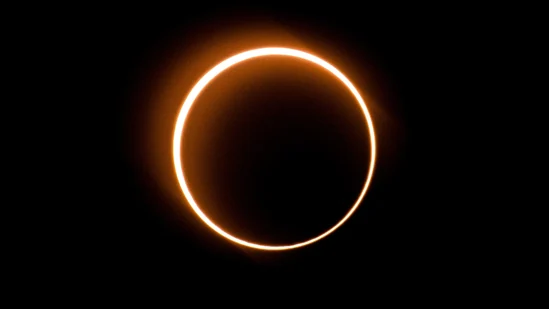
During an annular eclipse, the Moon’s shadow falls on Earth in two parts: the umbra, a cone of complete darkness, and the antumbra, a larger cone of partial shadow.
Observers within the umbra’s path experience a total eclipse, while those in the antumbra witness the annular phase.
The annular solar eclipse typically lasts about 12 minutes or even longer, and it may resemble a total solar eclipse.
Annular eclipses are relatively rare, but they occur roughly every one to two years. If you’re lucky enough to be on the path to the next one, don’t miss out on this unforgettable spectacle!

Total Solar Eclipse
Have you ever witnessed the sun completely vanish during the day? That’s the magic of a total solar eclipse! While rare, these events happen roughly every 18 months, but only a small part of Earth experiences complete darkness, as the Earth’s diameter is approximately 400 times larger than that of the moon.
The new moon completely obscures the overall view of the sun from Earth. The viewing area varies with each eclipse due to changing distances. Unfortunately, India hasn’t seen a total eclipse in recent years, but the next one is coming in 2034!
The moon casts different types of shadows, known as umbra and penumbra. The umbra represents the shadow’s deepest shade, while the penumbra is a lighter shadow surrounding it, allowing partial sunlight to filter through.
One must be within the umbra’s path to observe a solar eclipse. As the sun’s disc diminishes and takes on a crescent shape, the moon’s shadow eventually fully conceals the sun, resulting in a brief total eclipse. The longest total eclipse recorded lasted only about 7 minutes.

Partial Solar Eclipse
Witness the sun take a bite! Unlike a total eclipse where the moon completely hides the sun, a partial eclipse lets you see a crescent-shaped sun.
Furthermore, during the onset of a partial solar eclipse, the penumbra passes overhead. This happens when the sun, moon, and earth are not perfectly aligned. Consequently, the moon’s shadow allows a small portion of the sun to remain visible.
The penumbra zone, situated further from the poles, hinders a complete eclipse view. Only a limited portion of the sun is still covered by this shadow, indicating that one must be closer to the eclipse’s path to observe the partial effects of the solar eclipse.
Hybrid eclipse
In addition to the three primary types of solar eclipses, there is another category known as a Hybrid Solar Eclipse.
A Hybrid Eclipse, also known as an Annular-Total Eclipse, is a unique celestial event where the same eclipse transitions between being an annular and a total solar eclipse along its path.
This phenomenon occurs due to the curvature of the Earth and the varying distance between the observer and the eclipse’s central line. In certain sections of the eclipse path, it appears as a total solar eclipse, while in others, it displays as an annular eclipse.
The specific type experienced depends on the viewer’s location within the eclipse’s trajectory. This is the tricky part! You’re standing somewhere in between the valley and the hilltop. Depending on where you are, you might experience:
- Total eclipse for a short time: The Moon appears big enough to block the Sun completely, like a brief moment of darkness before your hand moves slightly away from the lamp.
- Annular eclipse for a longer time: The Moon looks smaller, leaving a ring of sunlight visible like your hand slightly covering the lamp but still letting some light through.
So, a hybrid eclipse is like a two-in-one deal, giving you a taste of both a total and an annular eclipse depending on your location! The last hybrid eclipse visible from India was in 2016, passing through parts of Tamil Nadu and Kerala.
Effects of solar eclipse
Environmental Effects
- Ozone Depletion: During a solar eclipse, the Earth’s surface ozone level can decrease significantly, by up to 30-60%, as the eclipse reaches its peak. This is because ozone production is driven by solar radiation, and the eclipse blocks out a portion of that radiation. However, this depletion is temporary and ozone levels typically recover within a few hours after the eclipse ends.
- Temperature Changes: The decrease in solar radiation during an eclipse also leads to a drop in temperature, both in the air and on the ground. This cooling effect can be most pronounced in areas experiencing a total eclipse, where temperatures can drop by several degrees Celsius.
- Wind and Humidity: Solar eclipses can also cause temporary wind patterns and humidity changes. These changes are usually small and localized but can be noticeable in some areas.
Other Effects
- Wildlife Behavior: Some animals, such as birds and insects, may become confused or disoriented during a solar eclipse due to the sudden change in light levels. However, these effects are usually temporary and most animals quickly adjust to the new conditions.
- Radio and GPS Signals: The ionosphere, a layer of the Earth’s atmosphere that is highly charged by solar radiation, can be affected by solar eclipses. This can sometimes lead to disruptions in radio and GPS signals, although these effects are usually minor and short-lived.
- Cultural and Historical Significance: Solar eclipses have been observed and documented by humans for centuries, and they hold cultural and historical significance in many societies. Some cultures view eclipses as supernatural events, while others use them to mark important dates or events.
It’s important to remember that the effects of a solar eclipse vary depending on several factors, such as the type of eclipse, its location, and the time of day. However, understanding these potential impacts can help us appreciate the unique and fascinating phenomenon of a solar eclipse.
Conclusion
A significant celestial event is the solar eclipse, where the Earth, moon, and sun align in a straight line. As the moon orbits the Earth, it passes in front of the sun, creating a celestial alignment that results in the moon obscuring the sun and casting a shadow on Earth. Solar eclipses manifest in three distinct types: annular, partial, and total. These events contribute to a decrease in temperature, an increase in magnitude, and a reduction in ozone levels. Additionally, during a solar eclipse, there is a noticeable drop in temperatures and humidity levels.
Sources:
For the curious mind: Explore these related reads


